What is a Tarantula
Tarantulas are large, hairy spiders belonging to the Theraphosidae family. These fascinating creatures are known for their size, with some species having leg spans exceeding 10 inches. They are generally docile and come in a variety of colors and patterns, making them popular pets for many people in Singapore and around the world. Tarantulas are not insects; they are arachnids, a class of arthropods that also includes scorpions, mites, and ticks. They have eight legs, two body segments (cephalothorax and abdomen), and two appendages called pedipalps, which are used for sensing and manipulating food. They are also known for their longevity; some species can live for over 20 years, especially females.
Why Buy a Tarantula
There are several reasons why people choose to buy tarantulas. They are relatively low-maintenance pets compared to dogs or cats. They do not require daily walks or constant attention, making them ideal for busy individuals or those living in smaller spaces. Tarantulas also offer a unique opportunity to observe the fascinating behavior of a predator in a controlled environment. Watching them molt, hunt, and interact with their surroundings can be an incredibly rewarding experience. Many people find tarantulas to be calming and therapeutic, providing a sense of wonder and connection to nature. Their quiet nature also makes them a good pet for people who cannot have noisy pets.
Benefits of Owning a Tarantula
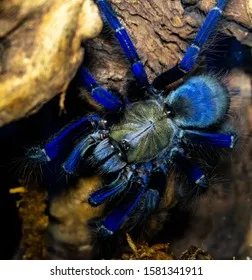
Owning a tarantula can offer several benefits. Firstly, they are relatively low-allergen pets, which is a major plus for people with allergies. They don’t produce dander like cats and dogs. They also don’t require much space compared to traditional pets. The cost of maintaining a tarantula is also relatively low. Their food and enclosure requirements are minimal compared to other pets, making them an affordable option. They offer an educational experience. Children and adults can learn about arachnids, their habitats, and their behaviors, fostering curiosity and a deeper appreciation for the natural world. Moreover, tarantulas can be a great conversation starter.
Things to Consider Before Buying
Before you decide to buy a tarantula in Singapore, it is essential to consider certain factors. Tarantulas require specific environmental conditions, including temperature and humidity, to thrive. You must be prepared to provide a suitable enclosure and maintain these conditions. You should research and understand the care requirements of the specific species you’re interested in. Different species have different needs. You also need to consider the ethical implications of owning a wild animal. You must source your tarantula from a reputable breeder or seller to ensure its health and well-being, and be prepared for the long-term commitment, as some species can live for decades.
Legality and Regulations
In Singapore, the import and keeping of certain exotic animals may be subject to regulations. It is crucial to research the specific species you are interested in to determine if any permits are required. You should check with the Animal & Veterinary Service (AVS) for the latest regulations regarding tarantula ownership. Be aware that some species may be restricted or prohibited due to their potential impact on the environment or public safety. Ensure that you comply with all applicable laws and regulations to avoid any legal issues and to ensure the welfare of your pet.
Tarantula Species
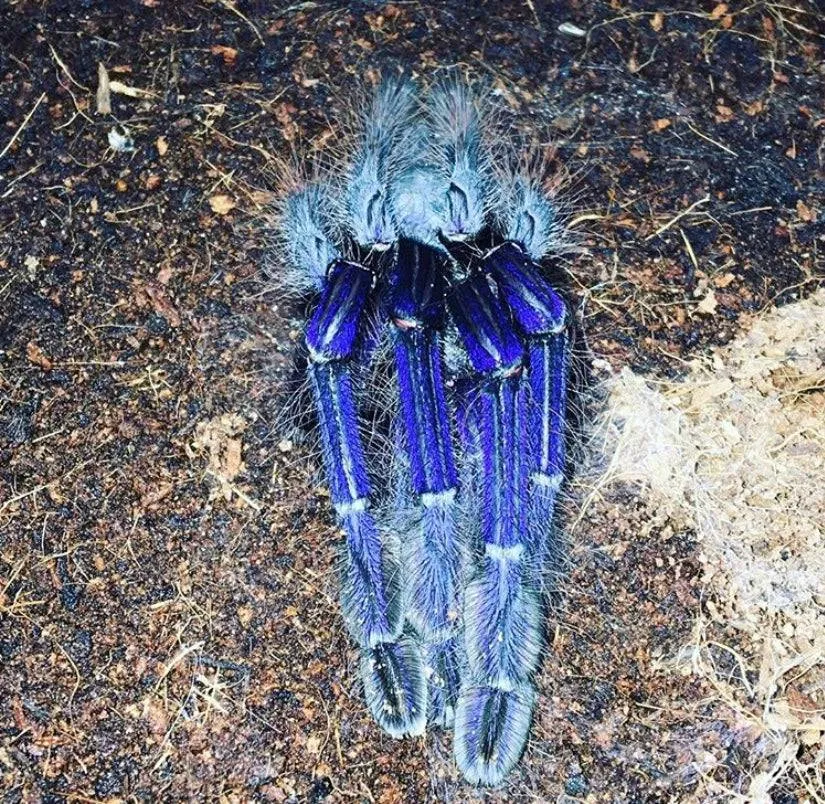
There are hundreds of tarantula species, each with its unique characteristics and care requirements. They vary in size, color, temperament, and venom potency. Some popular species are known for their docile nature, making them suitable for beginners, while others are more defensive and require more experience to handle. The choice of species depends on your preferences, experience level, and the specific conditions you can provide. Thoroughly research the species you are interested in before making a purchase. This helps you to understand their specific needs and whether you can meet them.
Popular Species in Singapore
Several tarantula species are commonly found in Singapore, with availability varying depending on the season and demand. The Chilean Rose Hair (Grammostola rosea) is known for its docile temperament and is often recommended for beginners. The Mexican Red Knee (Brachypelma hamorii) is another popular choice, known for its striking colors and relatively calm behavior. The Cobalt Blue Tarantula (Cyaneopubescens) is famous for its vibrant blue coloration, though it’s considered more challenging to care for due to its defensive nature. Other species you might find include the Pinktoe Tarantula (Avicularia genus) and various terrestrial species like the Goliath Birdeater (Theraphosa blondi), although the latter needs a good experience in tarantula care.
Best Species for Beginners
For those new to tarantula ownership, the Chilean Rose Hair (Grammostola rosea) is generally considered the best option. They are known for their calm temperament, slow movement, and relatively low care requirements. The Mexican Red Knee (Brachypelma hamorii) is also a good choice, being docile and visually appealing. Consider the size and activity level of the tarantula, and choose species that are less prone to defensive behaviors. Avoid fast or aggressive species. It is essential to research the specific needs of any species you are considering before buying. Always be aware of the tarantula’s potential defenses, like urticating hairs (which can cause skin irritation) and bites.
Where to Buy a Tarantula in Singapore
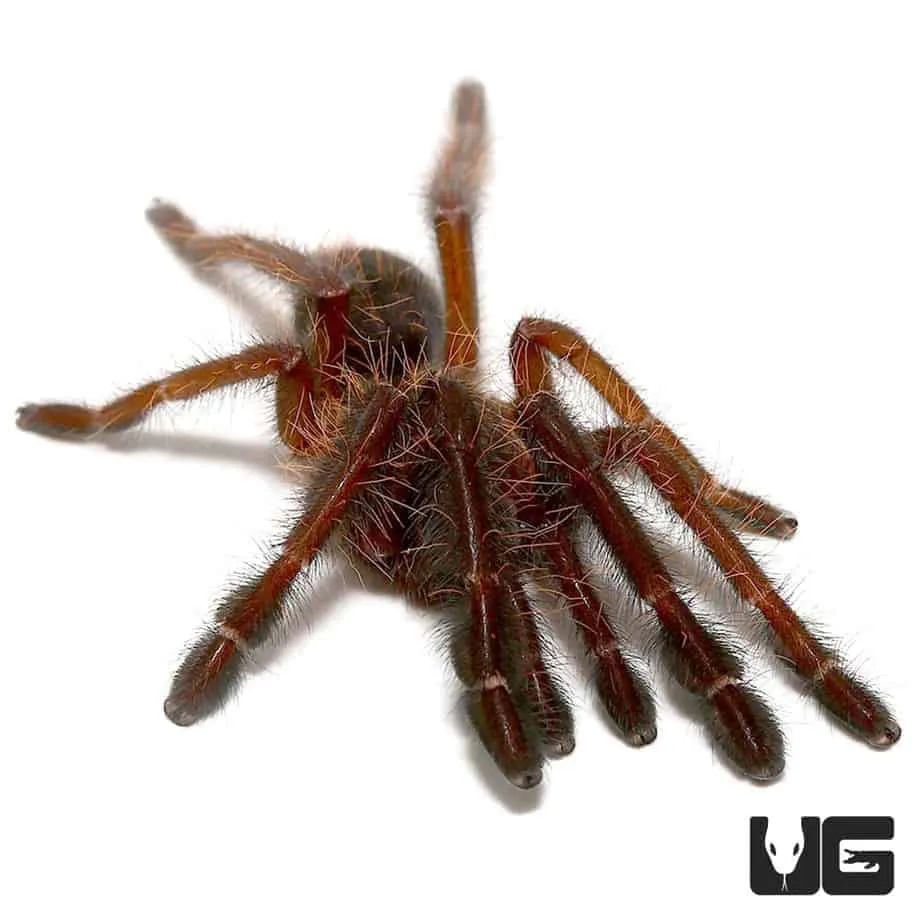
There are several places in Singapore where you can buy a tarantula, each offering different advantages and considerations. It’s important to choose a reputable source to ensure you get a healthy tarantula and reliable information. You must also consider the convenience, price, and the level of customer service provided. Always check the tarantula’s condition before purchase. Never rush your decision, and always prioritize the health and welfare of the animal.
Local Pet Stores
Local pet stores can be a convenient option for buying tarantulas. They often have a selection of species available and can provide immediate access to the tarantula. Buying from a local store allows you to see the tarantula in person before buying and assess its health. However, the selection may be limited, and prices can sometimes be higher compared to online platforms or direct breeders. Make sure to check the store’s reputation and the knowledge of the staff regarding tarantula care. Some stores may also offer starter kits, which can include the enclosure and necessary supplies.
Online Platforms
Online platforms provide a wider selection of tarantulas from various breeders and sellers. They offer convenience, as you can browse and buy from the comfort of your home. Online marketplaces such as Carousell may list tarantulas for sale by hobbyists or breeders in Singapore. Be sure to check the seller’s reviews and reputation before making a purchase. Consider shipping costs and methods when buying online, ensuring the tarantula is transported safely and under appropriate conditions. You must carefully assess the photos and descriptions provided by the seller and ask for additional information or videos if needed.
Exotic Pet Shows
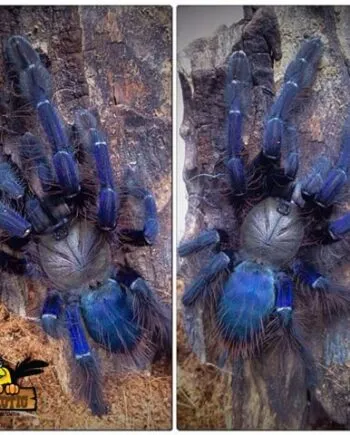
Exotic pet shows and exhibitions occasionally take place in Singapore. These events are great places to find a variety of tarantulas and other exotic animals. You can interact directly with breeders, learn about different species, and compare prices. These events are a good opportunity to see a wide selection in one place. Check for upcoming events and plan your visit accordingly. This also gives you a chance to network with other enthusiasts and get valuable advice. However, prices can vary, so it is essential to do your research before committing to a purchase.
What to Look for When Buying
When buying a tarantula, it’s crucial to examine the tarantula’s health and condition. Look for a healthy and active tarantula. It should appear alert and responsive. Examine its body for any signs of injury, such as missing legs or damage to the abdomen. A healthy tarantula should have a plump abdomen. This indicates that it’s well-fed and hydrated. Check for any parasites or mites, which can be visible on the tarantula’s body or in its enclosure. Consider the tarantula’s size and age. Younger tarantulas are generally more adaptable to new environments, but they are also more delicate. Assess the tarantula’s temperament; some species are more defensive than others.
Healthy Appearance
A healthy tarantula should have a clean, shiny appearance. The legs should be intact and move freely. The abdomen should be full and not appear shrunken or wrinkled. The fangs should be in good condition, and the pedipalps should be intact. The tarantula’s overall posture should be alert, not lethargic. The enclosure should be clean and well-maintained, as this reflects the seller’s care and attention to detail. Avoid buying a tarantula that appears sluggish, emaciated, or has any visible injuries or deformities. Always ask the seller about the tarantula’s feeding habits and recent molting history.
Proper Handling
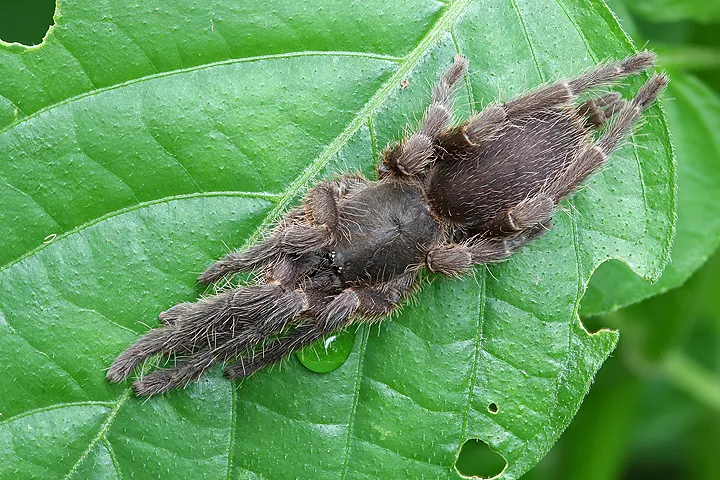
Proper handling is crucial for both the tarantula’s safety and your own. Never handle a tarantula unless you are familiar with its species and temperament. Start by observing the tarantula in its enclosure to understand its behavior. Approach the tarantula slowly and gently. Avoid sudden movements or loud noises, which can startle the tarantula. When handling, support the tarantula’s body with your hands, avoiding squeezing or putting pressure on its abdomen. Always wash your hands before and after handling, and avoid using scented soaps or lotions. Consider handling a tarantula only when necessary, such as for enclosure cleaning or health checks, as frequent handling can stress the tarantula.
Essential Supplies
Before bringing your tarantula home, you will need to acquire the essential supplies. The enclosure should be appropriate for the size and species of your tarantula. Glass or acrylic terrariums with secure lids are ideal. The enclosure should be large enough to accommodate the tarantula’s adult size, with enough space for movement and exploration. Substrate is necessary to provide a comfortable environment, allowing the tarantula to burrow and creating a natural habitat. A variety of substrate options are available, including coconut fiber, peat moss, and vermiculite. Ensure the substrate is clean and non-toxic. Other items like a water dish and a hide are critical for your tarantula’s well-being.
Enclosure Setup
Setting up the enclosure correctly is crucial for your tarantula’s well-being. Start by selecting an appropriate size enclosure for the species and size of the tarantula. Add a suitable substrate, such as coconut fiber or peat moss, at a depth appropriate for the tarantula’s burrowing habits. Provide a water dish filled with fresh water, ensuring it’s shallow enough to prevent drowning. Include a hide, such as a piece of cork bark or a commercially available hide, for the tarantula to retreat to. Decorate the enclosure with safe and non-toxic items, such as artificial plants or branches, but avoid items with sharp edges. Maintain the enclosure regularly by removing uneaten food, replacing the water, and spot-cleaning the substrate.
Temperature and Humidity
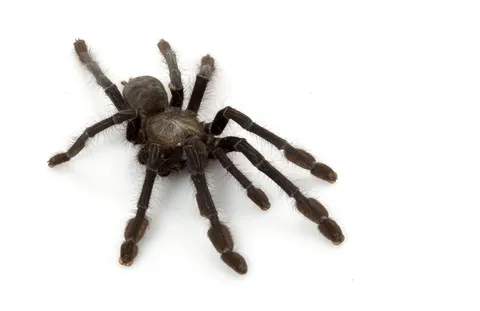
Maintaining the proper temperature and humidity levels is critical for your tarantula’s health. Most tarantulas thrive in temperatures between 75-85°F (24-29°C). Use a thermometer to monitor the enclosure temperature. Humidity levels vary depending on the species. Tropical species require higher humidity (70-80%), while desert species need lower humidity (50-60%). Use a hygrometer to measure humidity levels. To increase humidity, mist the enclosure with water regularly, or place the water dish near a heat source. Ensure proper ventilation to prevent mold and mildew growth. Adjust the temperature and humidity as needed to mimic the tarantula’s natural habitat.
Feeding
Feeding your tarantula is a straightforward process. Tarantulas eat insects, and the frequency of feeding depends on their age and size. Young tarantulas should be fed every 2-3 days, while adults can be fed every 1-2 weeks. Crickets, mealworms, and dubia roaches are common food items, readily available in Singapore pet stores. The size of the prey should be appropriate for the tarantula’s size. Remove any uneaten food after 24 hours to prevent mold and mites. Ensure the food is gut-loaded with nutritious food before feeding it to your tarantula to increase the nutritional value. Provide a small amount of water for the insects to keep them alive.
Caring for Your Tarantula
Caring for your tarantula involves several essential aspects, including proper handling, maintaining a clean and suitable environment, and providing appropriate food and water. By following these guidelines, you can ensure your tarantula’s health and well-being. Regular observation is also a crucial part of caring for your tarantula. Watch for changes in behavior, appetite, or appearance. These changes can be indicators of underlying health issues or environmental problems. Knowing these changes will help you take action and provide better care for your pet.
Handling Guidelines
Handle your tarantula as little as possible, as unnecessary handling can stress the animal. However, if you need to handle your tarantula (e.g., for enclosure maintenance or health checks), ensure you do so carefully and gently. Wash your hands thoroughly before and after handling. Approach the tarantula calmly, avoiding sudden movements. Use a soft brush or object to gently coax the tarantula onto your hand, if necessary. Support the tarantula’s body with both hands, avoiding squeezing or putting pressure on its abdomen. Be aware of the tarantula’s behavior. If it appears agitated or defensive, do not attempt to handle it. If the tarantula flicks its legs or raises its front legs, this is a defensive posture.
Health and Wellness
Monitor your tarantula’s health closely. Regularly observe its appearance, behavior, and appetite. Provide a balanced diet, ensuring the prey items are gut-loaded before feeding. Maintain a clean and appropriate environment to prevent diseases and parasites. Regular cleaning of the enclosure is essential. Remove any uneaten food and waste regularly. Provide fresh water in a shallow dish. If you notice any changes in your tarantula’s behavior or appearance, such as loss of appetite, lethargy, or unusual postures, consult with a veterinarian experienced in exotic animals. Quarantine new tarantulas for a period of time to prevent the spread of any potential diseases.
Common Health Issues
Tarantulas can be susceptible to various health issues. Parasites, such as mites, can infest the tarantula and cause irritation and health problems. Respiratory problems, such as fungal infections, can occur if the enclosure is too humid or poorly ventilated. Injuries, such as broken legs or damage to the abdomen, can result from falls or improper handling. Poor molting can also be a problem if the tarantula’s environment is not suitable. If you suspect your tarantula has any health issues, consult with an experienced veterinarian to diagnose the problem and develop a treatment plan. Preventive care, like maintaining a clean environment and a proper diet, is vital for your tarantula’s long-term health.
Conclusion
Owning a tarantula in Singapore can be a rewarding experience. By understanding the basics of tarantula care, including proper housing, feeding, and handling, you can ensure your pet’s health and happiness. Researching the specific needs of the species you choose is crucial for their well-being. Enjoy the unique experience of owning and observing these fascinating creatures. Remember that tarantulas can live for many years, so owning one involves a long-term commitment. Always prioritize the health and welfare of your tarantula, and enjoy the journey of learning about these fascinating creatures.
